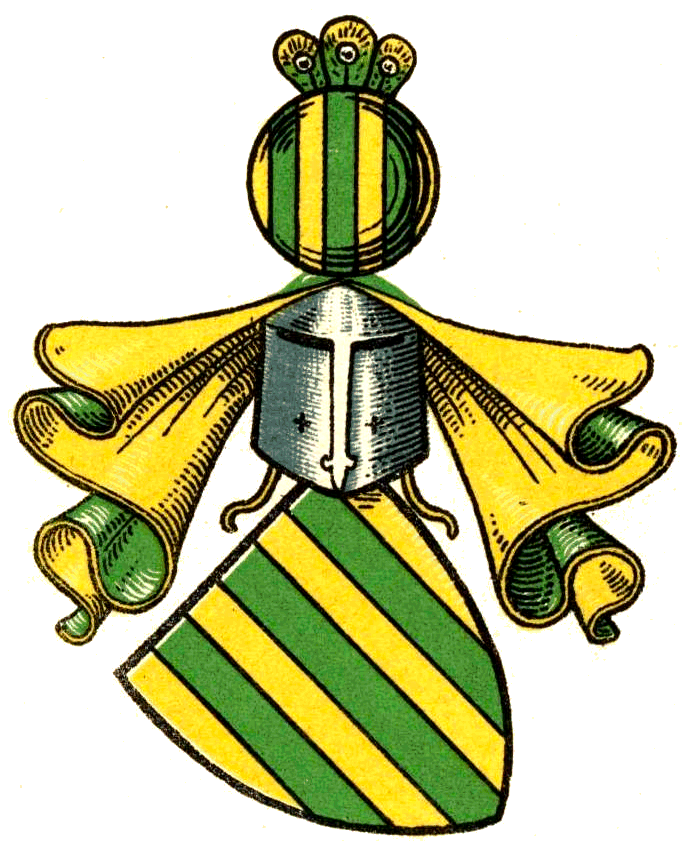House Of Bilstein on:
[Wikipedia]
[Google]
[Amazon]
 Bilstein (german: Edelherren von Bilstein) were a medieval German noble family in what later became the
Bilstein (german: Edelherren von Bilstein) were a medieval German noble family in what later became the
digitalised
/ref> John I and his son, Dietrich III, of Bilstein used a seal with 3 roses on the shield.
File:DEU Lennestadt COA.svg, Coat of arms of the town of
digitalised publication in Seibertz, Landes- und Rechtsgeschichte
German noble families ca:Comtes de Bilstein
 Bilstein (german: Edelherren von Bilstein) were a medieval German noble family in what later became the
Bilstein (german: Edelherren von Bilstein) were a medieval German noble family in what later became the Duchy of Westphalia
The Duchy of Westphalia (german: Herzogtum Westfalen) was a historic territory in the Holy Roman Empire, which existed from 1102 to 1803. It was located in the greater region of Westphalia, originally one of the three main regions in the Germa ...
with an estate (called ''Land Bilstein'') mainly within the present region of Sauerland
The Sauerland () is a rural, hilly area spreading across most of the south-eastern part of North Rhine-Westphalia, in parts heavily forested and, apart from the major valleys, sparsely inhabited.
The Sauerland is the largest tourist region in ...
in Germany
Germany,, officially the Federal Republic of Germany, is a country in Central Europe. It is the second most populous country in Europe after Russia, and the most populous member state of the European Union. Germany is situated betwe ...
. Their family home was at Bilstein Castle in the present-day town of Lennestadt
Lennestadt (occasionally also ''die Lennestadt'') lies in the Sauerland in southeast North Rhine-Westphalia and is a community in Olpe district. It is the district's most populous municipality.
Lennestadt itself is not an actual town but a commun ...
. This Westphalian family of ''Edelherren
(; male, abbreviated as ), (; his wife, abbreviated as , literally "free lord" or "free lady") and (, his unmarried daughters and maiden aunts) are designations used as titles of nobility in the German-speaking areas of the Holy Roman Empire ...
'' should not be confused with the Franconia
Franconia (german: Franken, ; Franconian dialect: ''Franggn'' ; bar, Frankn) is a region of Germany, characterised by its culture and Franconian dialect (German: ''Fränkisch'').
The three administrative regions of Lower, Middle and Upper Fr ...
n counts of Bilstein The Barony of Bilstein (german: Herrschaft Bilstein) was a dynastic lordship with extensive estates in the region of the present German states of Hesse and Thuringia.
History
Wigger counts
The barony probably began with Count Wigger I. He is r ...
, who held estates on the River Werra
The Werra (), a river in central Germany, is the right-bank headwater of the Weser. "Weser" is a synonym in an old dialect of German. The Werra has its source near Eisfeld in southern Thuringia. After the Werra joins the river Fulda in the t ...
and in North Hesse.
Coat of arms
The coat of arms depicts threepales
In ancient Roman religion, Pales was a deity of shepherds, flocks and livestock. Regarded as male by some sources and female by others, ''Pales'' can be either singular or plural in Latin, and refers at least once to a pair of deities.
Pales' fes ...
vert on a field or. On the helmet with its green and gold mantling
In heraldry, mantling or "lambrequin" (its name in French) is drapery tied to the Helmet (heraldry), helmet above the shield. In paper heraldry it is a depiction of the protective cloth covering (often of linen) worn by knights from their helmet ...
is a golden ball with three green pales and, above it three green peacock feathers.Max von Spießen: Wappenbuch des Westfälischen Adels, Görlitz 1901-1903, Vol. 1, p. 13 digitalised
/ref> John I and his son, Dietrich III, of Bilstein used a seal with 3 roses on the shield.
Municipal coat of arms
Lennestadt
Lennestadt (occasionally also ''die Lennestadt'') lies in the Sauerland in southeast North Rhine-Westphalia and is a community in Olpe district. It is the district's most populous municipality.
Lennestadt itself is not an actual town but a commun ...
People
Regents
*Henricus de Vare (Gevore) *Dietrich I *Dietrich II *John I of Bilstein *Dietrich III *John IIMembers of the family
*Godfrey of Bilstein *Henry of Bilstein, Provost of St. Severin's Church in (then)Electorate of Cologne
The Electorate of Cologne (german: Kurfürstentum Köln), sometimes referred to as Electoral Cologne (german: Kurköln, links=no), was an ecclesiastical principality of the Holy Roman Empire that existed from the 10th to the early 19th century. ...
References
Literature
* Johann Suibert Seibertz: ''Diplomatische Familiengeschichte der Dynasten und Herren im Herzogtum Westfalen''. Arnsberg, 1855. pp. 1–6digitalised publication in Seibertz, Landes- und Rechtsgeschichte
German noble families ca:Comtes de Bilstein